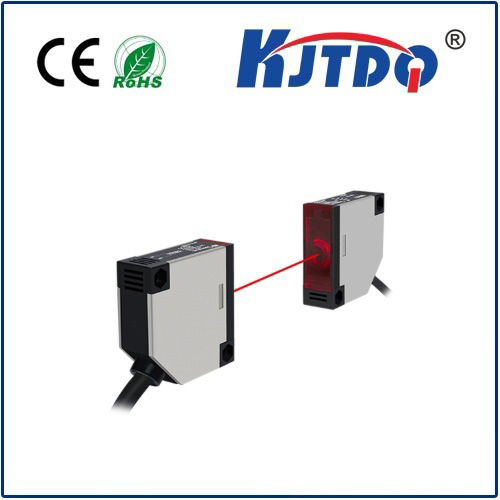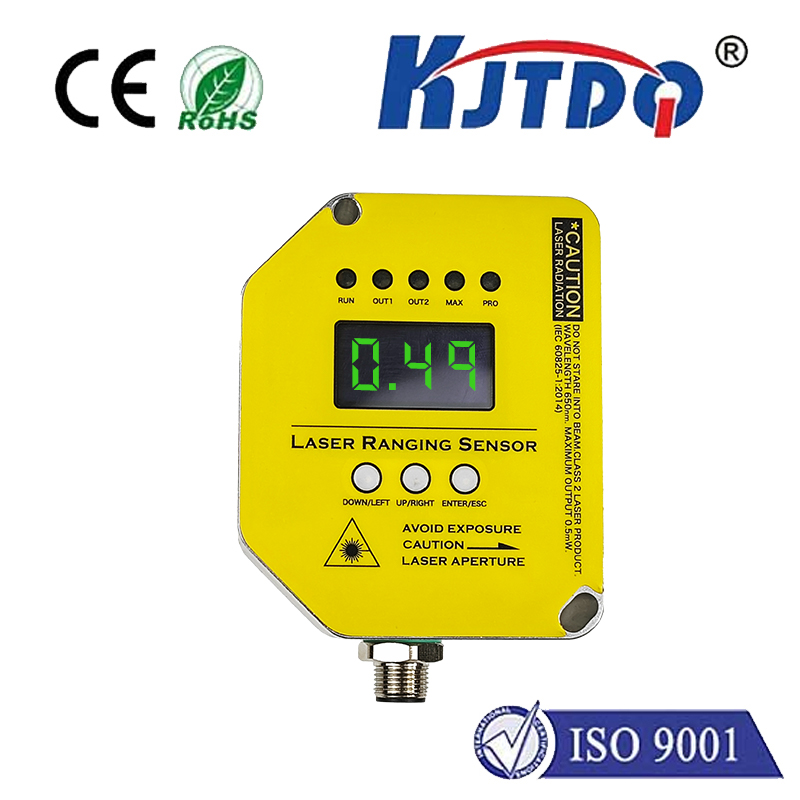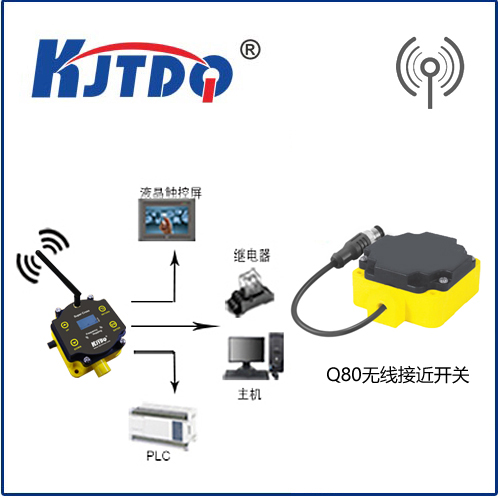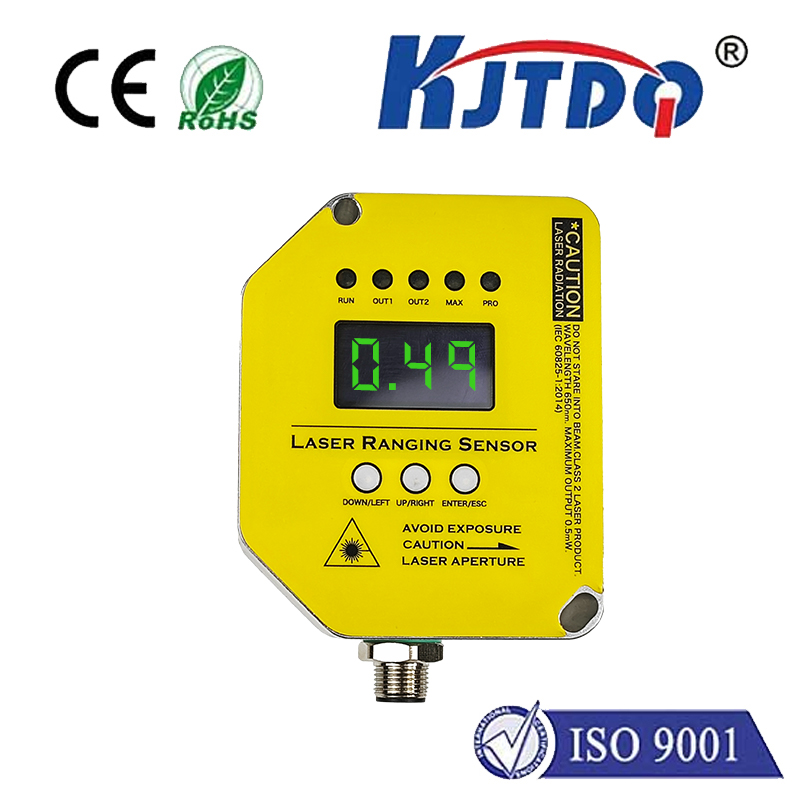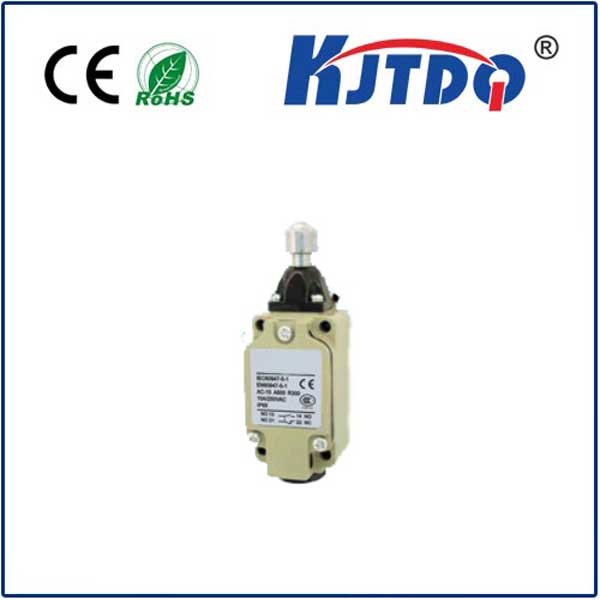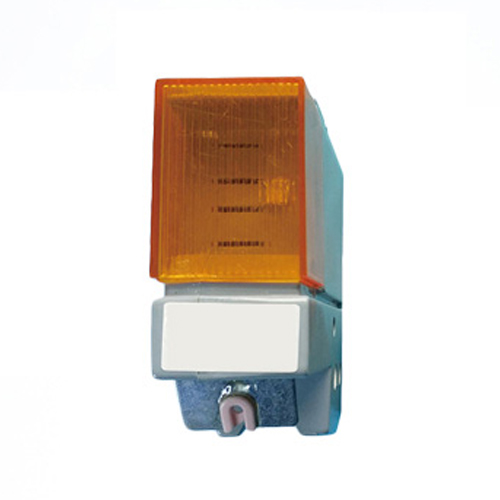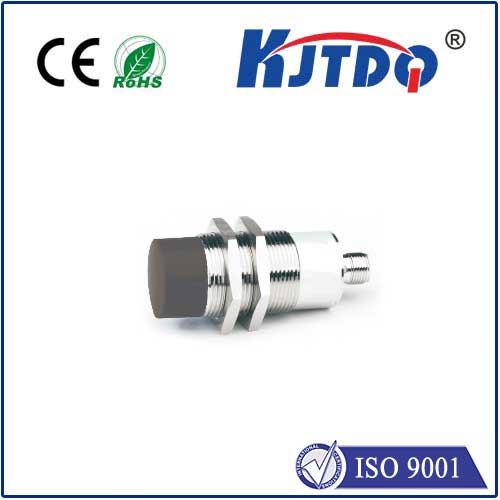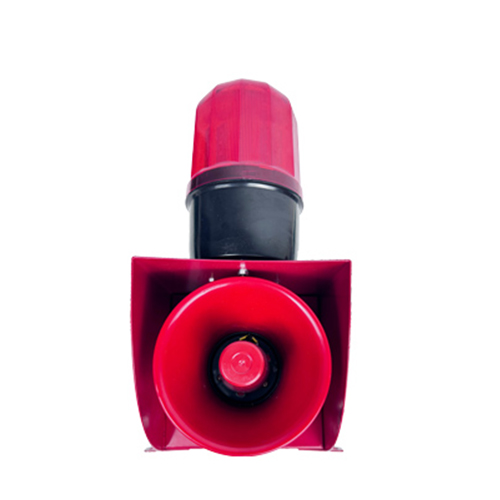industrial pressure sensor
- time:2025-08-19 11:11:55
- Click:0
Industrial Pressure Sensors: The Vital Pulse Monitors of Modern Industry
Deep within the heart of a roaring refinery, beneath the waves on an offshore drilling platform, or integrated into the precise machinery assembling your next smartphone, silent sentinels work tirelessly. These critical components, industrial pressure sensors, are the unsung heroes constantly gauging the lifeblood of countless processes: pressure. Far more than simple gauges, they are sophisticated devices translating the fundamental force exerted by liquids and gases into actionable intelligence, enabling safety, efficiency, and control on an unprecedented scale. Understanding their role is key to appreciating the hidden infrastructure powering our industrial world.
The Indispensable Role of Pressure Measurement
Pressure is a core parameter in virtually every industrial operation. Monitoring it accurately isn’t just about data collection; it’s fundamental to:
- Process Control & Optimization: Precise pressure readings are essential feedback loops for automated systems. Maintaining optimal pressure in chemical reactions, hydraulic systems, pneumatic lines, or filtration processes ensures product quality, maximizes yield, and minimizes waste. Deviations signal the need for immediate adjustment.
- Safety Assurance: Overpressure or vacuum conditions can be catastrophic, leading to equipment failure, leaks, or even explosions. Industrial pressure sensors act as critical early warning systems, triggering alarms, shutdowns, or relief valve activations to prevent accidents and protect personnel, assets, and the environment.
- System Performance Diagnostics: Fluctuations or trends in pressure readings provide invaluable insights into the health of pumps, compressors, valves, filters, and pipelines. Unusual drops or spikes often signal blockages, leaks, worn components, or cavitation, enabling predictive maintenance before costly failures occur.
- Resource Management: Accurate pressure measurement is vital for custody transfer applications where fluids (oil, gas, chemicals) are bought and sold. It also helps optimize energy consumption in systems like compressed air networks.
How Industrial Pressure Sensors Translate Force into Data
At their core, industrial pressure sensors convert the physical force of pressure into an electrical signal (voltage, current, or digital output). This transduction relies on various principles, each suited to specific needs:

- Strain Gauge (Piezoresistive): The most common type. A diaphragm deforms under pressure, causing microscopic strain gauges bonded to it to change electrical resistance. This change is measured via a Wheatstone bridge circuit, producing a proportional output signal. Renowned for their robustness, wide range, and cost-effectiveness.
- Capacitive: Pressure deflects a diaphragm that acts as one plate of a capacitor, changing the capacitance value relative to a fixed plate. This change is measured electronically. Known for high accuracy, stability, and sensitivity, particularly at lower pressures, and low power consumption.
- Piezoelectric: Certain crystals (like quartz) generate an electric charge when subjected to mechanical stress (pressure). Primarily used for dynamic pressure measurement (rapid changes) in applications like combustion monitoring or impact testing, less suited for static pressure.
- Resonant (e.g., Tuning Fork): Pressure changes affect the resonant frequency of a vibrating element. Measuring this frequency shift provides a highly accurate and stable pressure reading, often used in demanding applications.
Key Characteristics Defining Industrial-Grade Performance
Industrial environments are harsh. Sensors operating here must possess attributes far beyond laboratory counterparts:
- Rugged Construction: Housings are typically made from stainless steel or other robust alloys to withstand vibration, mechanical shock, and corrosive media. Sealing is critical (IP67/68, NEMA ratings).
- Extended Temperature Range: Must perform reliably in extreme cold (cryogenics) or intense heat (engine compartments, furnaces).
- Media Compatibility: Wetted parts (materials in contact with the process fluid) must resist chemical attack. Options include various stainless steels, Hastelloy, ceramics, and specialized elastomers like Kalrez or Viton. Fill fluids like silicone oil often isolate the sensing element from corrosive or clogging media.
- High Accuracy & Stability: Industrial processes demand reliable data over long periods. Key specifications include % Full Scale Span accuracy, hysteresis, non-linearity, and long-term drift.
- Output Signal Options: Standardized signals like 4-20mA current loops (high noise immunity, long-distance capability) or digital outputs (RS-485, Modbus, HART, CANopen, IO-Link) facilitate integration into control systems.
- Specialized Certifications: Critical for hazardous areas, requiring approvals like ATEX, IECEx, or FM/CSA for intrinsic safety or explosion-proof designs.
Where Industrial Pressure Sensors Make an Impact: Diverse Applications
The reach of these devices is vast and critical:
- Oil & Gas: Upstream (wellhead monitoring, downhole pressure), Midstream (pipeline pressure, leak detection), Downstream (refinery process control, tank level monitoring).
- Chemical & Pharmaceutical: Precise reaction vessel control, filtration pressure, reactor safety, clean-in-place (CIP) system monitoring.
- Power Generation: Steam pressure in boilers and turbines, hydraulic system pressure, coolant pressure, emissions control.
- Water & Wastewater: Pump monitoring, filter pressure drop, tank level (via hydrostatic pressure), pipeline network pressure.
- Manufacturing & Automation: Robotics hydraulic/pneumatic control, injection molding, press force monitoring, compressed air system management.
- HVAC & Refrigeration: Refrigerant pressure, chiller control, duct static pressure, pump control.
- Aerospace & Defense: Fuel pressure, engine test stands, hydraulic systems, cabin pressure.
Beyond the Basics: The Evolving Landscape
The industrial sensor landscape is constantly advancing. Key trends include:
- Smart Sensors & IIoT: Sensors with embedded microprocessors offering digital communication, diagnostic capabilities (self-checking, condition monitoring), and easier configuration, feeding data directly into Industrial Internet of Things (IIoT) platforms for analytics and optimization.
- Increased Miniaturization: Smaller sensors enabling deployment in tighter spaces and new applications.
- Enhanced Connectivity: Wider adoption of industrial Ethernet and wireless protocols for seamless integration.
- Improved Materials & Design: Enhancing durability, media compatibility, and performance in extreme conditions.
Choosing the Right Sensor: A Critical Decision
Selecting the optimal industrial pressure sensor requires careful consideration:
- Pressure Range: Required minimum and maximum pressures.
- Process Media: Chemical compatibility of wetted parts and seals.
- Accuracy & Long-Term Stability Requirements: Essential for process control or compliance.
- Output Signal: Compatibility with existing control systems.
- Environmental Conditions: Temperature extremes, vibration, humidity, hazardous area classification.
- Mechanical Interface: Process connection type (NPT, G, flange, etc.) and mounting requirements.
- Certifications: Necessary approvals (ATEX, SIL, FDA, etc.).
From safeguarding multi-billion dollar facilities to ensuring the consistent quality of everyday products, industrial pressure sensors are fundamental. They provide the critical data that allows automated systems to function, operators to make informed decisions, and plants to operate safely and efficiently. As industries demand greater precision, connectivity, and resilience, the evolution of these vital components continues, securing their place as the indispensable pulse monitors powering the modern industrial engine.












